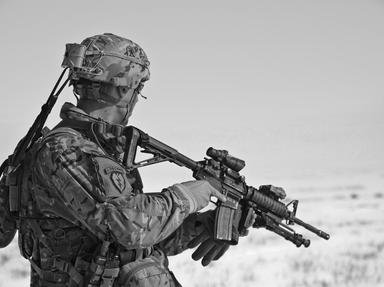
Flying Boats and Floatplanes of WW2 Quiz
Flying Boats and Floatplanes were used in many different ways during WW2 and many countries built them. They were put to use for long distance patrols to guard convoys, rescue for downed aircraft or sunken ships, scouting missions and more.
A matching quiz
by martin_cube.
Estimated time: 3 mins.